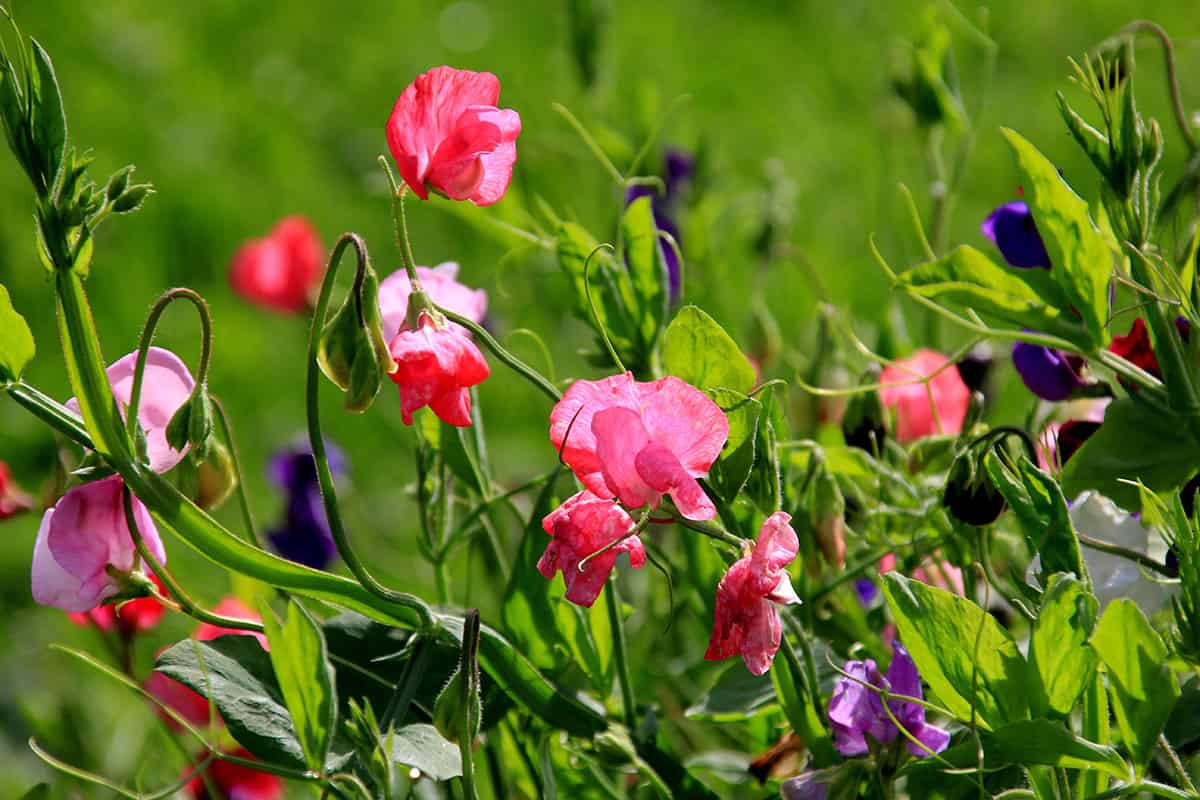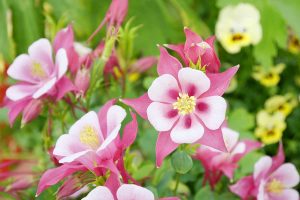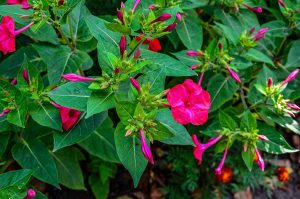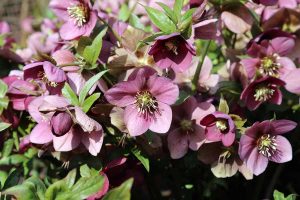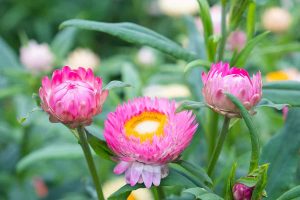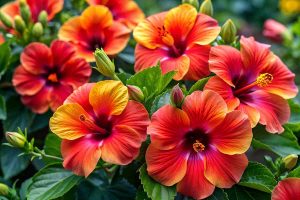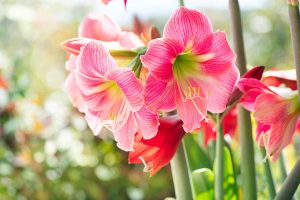Sweet peas bring a touch of old-fashioned romance to the garden. With their colorful blooms and climbing vines, they’re a favorite for trellises and fences. Stick around to learn how to grow sweet pea flowers step by step.
Table of Contents
Choosing The Right Sweet Pea Variety
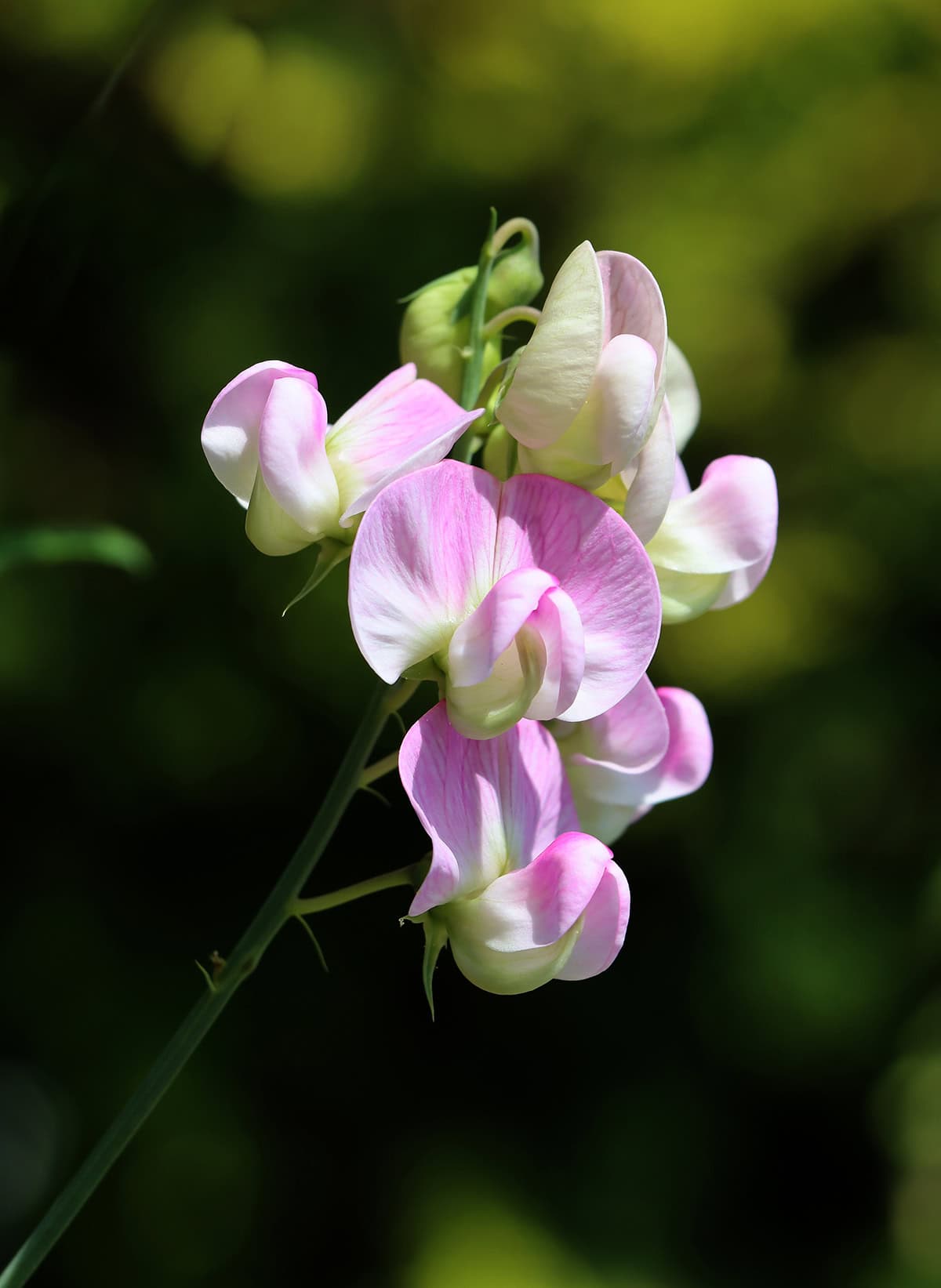
You need to look at fragrance, growth habit, and flower characteristics when selecting sweet pea flowers. Each type brings its own strengths for garden use or as cut flowers.
Fragrant Vs. Non-Fragrant Types
Sweet peas are best known for their scent. Many annual sweet pea varieties have a strong, pleasant fragrance. Not all types have a strong scent. Some modern hybrids have less fragrance but show larger blooms or more color choices.
Perennial sweet peas usually lack notable fragrance. If your goal is to enjoy the scent indoors or outside, select cultivars labeled specifically as highly fragrant. ‘Old Spice,’ ‘Matucana,’ and ‘Cupani’ are well-known for their rich aroma. Non-fragrant types may appeal if you want them only for appearance and color range.
Dwarf Vs. Climbing Varieties
You will notice sweet peas come in bush (dwarf) and climbing types. Bush varieties usually grow between 6 inches and 3 feet tall. These do not need as much support and fit well in containers or borders.
Climbing varieties reach up to 6 feet or more. These need a trellis or mesh for support because they attach with tendrils. Climbers often have longer stems and more blooms per plant. Choose bush types for small spaces or low borders. Pick climbing types if you want more blooms and can provide vertical support.
Best Varieties For Cut Flowers
If you are growing sweet pea flowers for cutting, stem length and bloom size matter. Tall climbing varieties give the best stems for arrangements. ‘Spencer,’ ‘Royal,’ and ‘Mammoth’ series are popular among cut flower growers.
These types offer long, sturdy stems and large, vibrant flower heads. You can expect longer vase life from these cultivars. Dwarf and bush types generally do not provide the stem length needed for cutting. Always choose seeds labeled for cutting purposes for the best results.
When And Where To Plant Sweet Peas
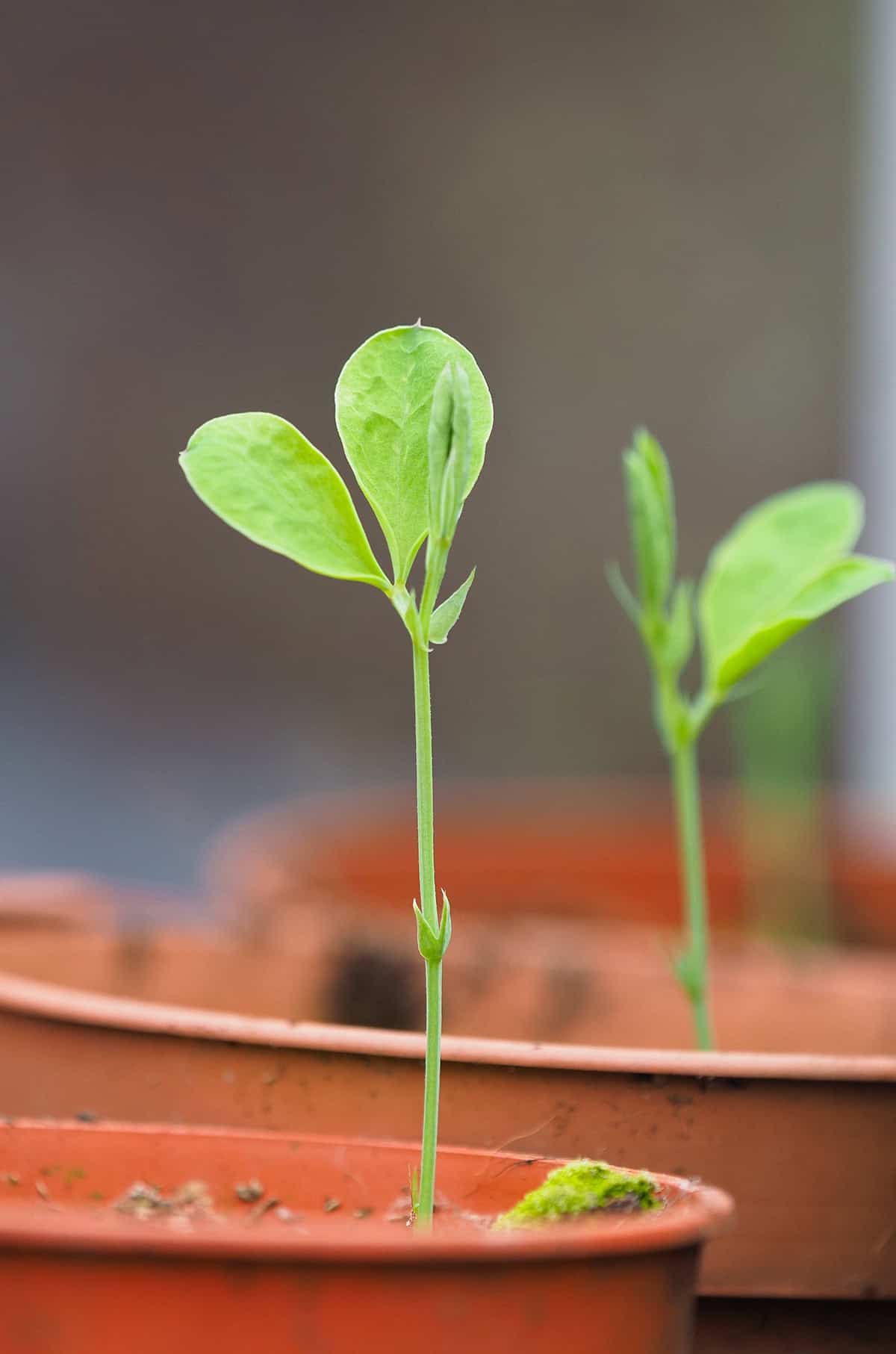
For best results, pay close attention to the ideal planting season for your area, the light your plants will receive, and the growing conditions of your chosen spot. Correct timing and placement both make it easier to achieve healthy vines and abundant blooms.
Ideal Planting Time By Region
The best time to plant sweet peas varies with climate. In mild-winter regions, you should sow seeds outdoors in late fall or winter. This gives the plants a head start and lets them bloom earlier in spring.
Gardeners in areas with cold winters should wait until the ground can be worked, usually late winter or very early spring. Sweet peas tolerate light frost, so early planting works well. If your summers get hot quickly, start seeds as soon as possible, because sweet peas fade once it gets hot.
Northern regions may need to start seeds indoors about four to six weeks before the last expected frost. Transplant seedlings outside after the ground warms but before temperatures climb above 65°F (18°C) consistently.
Sunlight And Temperature Needs
Sweet peas love sunlight. Full sun is best for strong growth and lots of flowers. At least six hours of direct sunlight daily gives the highest flower count and healthiest vines.
In hotter climates, you might get better results if you choose a spot where the plants get some afternoon shade. Excessive heat can cause flower drop and shorten the blooming season. Sweet peas thrive in cool, mild temperatures between 55°F and 65°F (13°C to 18°C).
High temperatures above 75°F (24°C) slow growth and can stop flowering altogether. Plant in a spot that gets morning sun but stays cooler later in the day if possible.
Choosing The Best Location
Pick a location with good air movement and rich, well-drained soil. Sweet peas like slightly alkaline to neutral soil with plenty of organic matter. Prepare the bed by digging in compost or well-rotted manure before planting.
Avoid planting where water stands after rain because soggy roots will rot. Climbing varieties need support, such as a trellis or netting. Place rows along a fence or add a sturdy structure before seeds sprout.
Space plants to allow easy air flow. Grouping them too closely encourages disease. With the right spot, you set the stage for long blooming and healthy stems.
Preparing The Soil
Providing the right foundation for sweet peas starts with soil that offers nutrients, drainage, and proper pH balance. Your plants will reward this effort with vigorous growth and abundant blooms.
Soil Type And Drainage
Sweet peas need soil that drains well but still holds some moisture. Avoid planting in heavy clay or unamended sandy soils. Roots may rot in soggy ground, while very dry soil causes slow or patchy growth.
The ideal spot has loose, friable soil with a crumbly texture. If you squeeze a handful and it barely holds shape, it’s in the right range. Full sun helps keep roots healthy, but keep the soil from baking hard by ensuring there is good organic material present.
Adding Compost Or Organic Matter
Improving your soil with compost is essential before planting sweet peas. Mix in organic matter, such as well-rotted compost or manure, to increase fertility. This step boosts moisture retention and feeds the plants as they grow.
You should work in a thick layer of compost to a depth of about 6 inches. Blend it evenly to prevent pockets where roots can sit in stagnant water. If your soil is especially depleted, repeat this process each year to keep it rich and productive.
Adjusting Soil PH If Needed
Most sweet peas thrive in neutral to slightly alkaline soil, with a pH between 6.5 and 7.5. Use a home test kit or a local extension service to check your garden’s soil. Peas may struggle in acidic soil.
If your test shows a pH below 6.2, apply garden lime in the fall so it has time to work. Mix the lime into the soil where you plan to plant. For soil with pH much above 7.5, include organic matter to buffer it, as peas dislike extreme alkalinity. Consistent checks each year will help keep soil pH at the right level.
How To Plant Sweet Pea Seeds
Planting sweet pea seeds correctly brings strong, healthy flowers with good fragrance. Soil temperature, seed preparation, and spacing all play a role in your results.
Soaking Seeds Before Planting
Sweet pea seeds have tough coats. You can improve germination by soaking them in water for about 24 hours before planting. Use clean, cold water and fill a shallow dish with enough to just cover the seeds.
After soaking, inspect each seed. Discard any that look soft or damaged. You do not need to nick or scratch sweet pea seeds if you soak them. Planting seeds that swell but do not split brings better sprouting results.
If you forget to soak your seeds, germination will still happen but may take several days longer. Soaking is not required, but it saves time and gives you a more even stand of seedlings.
Spacing And Depth Guidelines
Give sweet pea seeds enough space for healthy roots and strong stems. Plant each seed about 1 inch deep in soil. Place seeds 2 inches apart in garden beds or containers.
Use rich, well-draining soil. Water the furrows before dropping seeds in to promote quick root growth. After planting, gently press soil over each seed and keep the surface moist.
Rows should have at least 6 inches between them for good airflow. If growing tall types, add support soon after planting. Crowding leads to mildew and weaker plants, so follow these guidelines closely.
Direct Sowing Vs. Starting Indoors
You can start sweet pea seeds indoors or sow them directly outside. Direct sowing works best where spring weather comes early and the soil is workable. Plant seeds outdoors as soon as the ground thaws, often in late winter or very early spring.
If you want an earlier start or live where springs are long and cold, begin seeds indoors. Use deep individual pots to give roots room to grow. Sweet peas do not like having their roots disturbed, so plant the entire pot or plug in the ground.
Transplant gently to avoid damaging the root system. Do not wait too long to move them outdoors. Seedlings that get rootbound may not grow well after planting.
Caring For Sweet Pea Plants
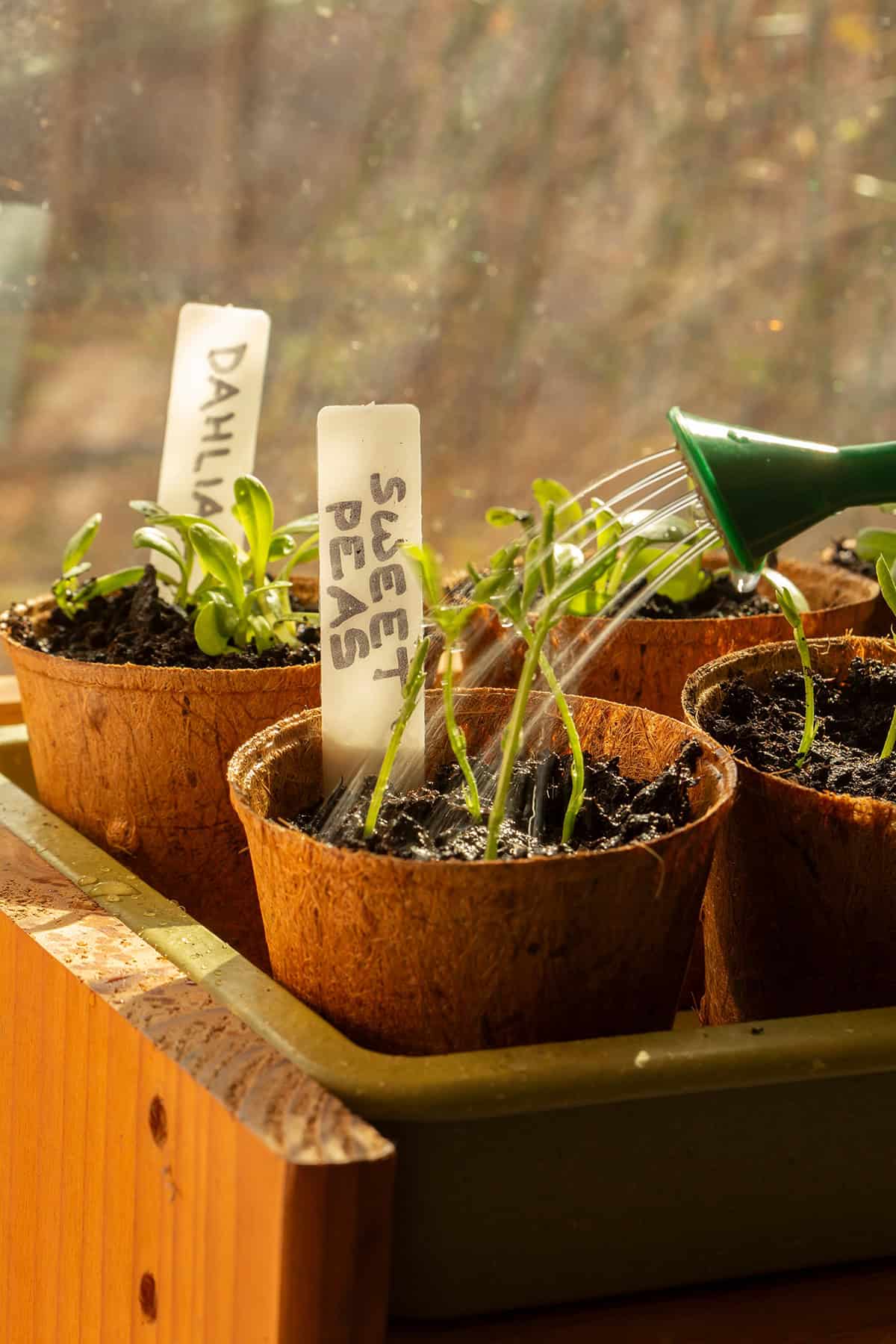
To help your sweet pea flowers thrive, focus on a few simple tasks. Give attention to water, nutrients, and strong support as your plants grow.
Watering And Mulching
Your sweet peas need regular moisture, especially early in their growing season. Make sure the soil stays damp but not soggy. Failure to water can cause weak stems and fewer blooms. In hot periods, check soil more often.
Mulch is important for sweet peas. It helps keep the soil cool and retains moisture. Spread organic mulch, like straw or leaf mold, around the base of your plants. This can prevent weeds and reduce the need for frequent watering.
Avoid letting the soil dry out during flowering. Even moisture supports larger flowers and stronger plants. Mulch also creates a barrier to sudden soil temperature changes that can stress roots.
Feeding And Fertilizer Needs
Sweet peas benefit from fertile soil. Early on, prepare your soil with compost or rotted manure for a strong start. During the growing season, apply a balanced liquid fertilizer every few weeks.
Choose fertilizers with low nitrogen and higher phosphorus and potassium. Too much nitrogen leads to lush foliage but fewer flowers. Look for a fertilizer with an N-P-K ratio near 5-10-10 or 3-12-6.
Monitor your plants for signs of nutrient deficiency. Pale leaves and weak growth can signal a lack of nutrients. If you see problems, replenish nutrients with a liquid feed right away.
Providing Support For Climbing Types
Climbing sweet peas need sturdy support to reach their full height. Install a trellis or net when you first plant or soon after. Wood, wire, and plastic mesh all work well.
Tie young plants loosely to supports if they struggle to grab hold. As they grow, their tendrils will wrap and climb on their own. Space your supports to allow good air flow; this helps prevent mildew and disease.
Support is essential because sweet peas can reach six feet or more. Make sure your chosen structure is steady, as strong wind can damage top growth. Check supports regularly during the season and adjust if needed.
Encouraging More Blooms
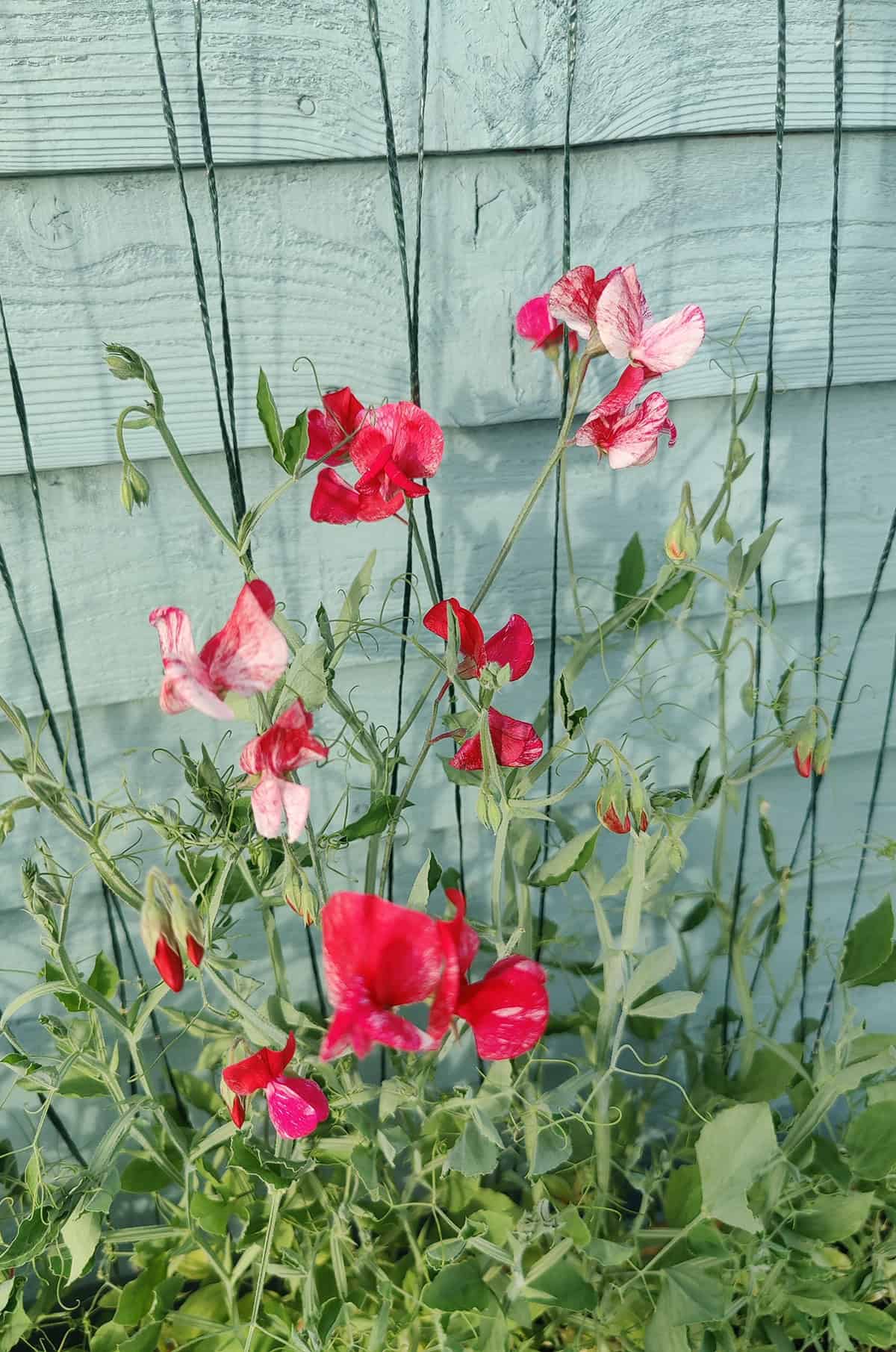
Getting the most flowers from your sweet pea plants depends on a combination of careful tending and simple techniques. With a few easy steps, you can extend the blooming season and keep plants looking healthy.
Pinching Seedlings For Bushier Growth
When seedlings reach about 4 to 6 inches tall, you should pinch out the very top growing tip. This means using your fingers or scissors to remove the tip, which forces the plant to branch out.
Pinching makes sweet pea plants grow more side shoots. Each shoot then produces extra stems with their own blooms. This also prevents plants from becoming tall and spindly.
You want to pinch early, before flower buds appear. If you start late, the plant may not branch as well. Bushier plants look fuller and cover supports better, leading to a denser, more colorful display.
Deadheading And Regular Harvesting
Once sweet peas start blooming, it’s important to remove spent flowers before they set seed. This process is called deadheading. If you let pods form, blooming slows or stops.
Cutting flowers regularly for bouquets also acts as deadheading. This encourages new blooms to form, since the plant’s goal is to reproduce. Your efforts mean more fresh flowers week after week.
Always use clean, sharp scissors to snip stems back to the next set of leaves. By keeping the plant from reaching the seed stage, you ensure ongoing growth and maximum flower production throughout the season.
Common Problems And Solutions
Sweet peas often face issues from insects, diseases, and poor flowers. Recognizing early signs and adjusting your gardening methods helps keep plants healthy and productive.
Pests To Watch For
You may encounter several common pests while growing sweet peas. Aphids cluster on young shoots and buds, feeding on plant sap and stunting growth. Slugs and snails chew through tender stems and leaves, especially in damp or shady gardens.
Birds can pull up seedlings or eat flowers before they mature. To prevent damage, use netting or row covers, and check for insects regularly. Remove visible pests by hand or use insecticidal soap for aphids if infestations occur.
Promoting good garden hygiene, like clearing away old plant debris, can also decrease pest habitats. Healthy, well-spaced plants are less likely to become infested.
Fungal Issues And Mold Prevention
Fungal diseases become a problem when air circulation remains poor or leaves stay wet. Powdery mildew appears as white patches on leaves, eventually discoloring and reducing bloom quality. Sweet peas are prone to botrytis or gray mold during prolonged damp weather.
Space plants well apart to improve airflow. Water at the base of plants rather than overhead to keep foliage dry. Remove and discard any infected plant parts immediately to slow the spread.
Use mulch beneath plants to prevent soil-borne spores from splashing onto leaves. If fungal issues continue, consider using a fungicide labeled for sweet peas.
Poor Blooming Causes
Poor or sparse flowering results from several preventable causes. Too much nitrogen fertilizer encourages leafy growth but reduces flower production. Sweet peas planted in deep shade or overcrowded conditions will struggle to bloom.
Dry roots during the flower bud stage also limit blooming. Water consistently and use compost or a balanced fertilizer for steady nutrition. Deadhead spent blooms to trigger more flowers and prevent seed formation.
If your plants remain leafy with few blooms, check sun exposure and soil fertility. Adjust spacing and sunlight as needed to promote healthy, abundant flowering.
When And How To Harvest Sweet Pea Flowers
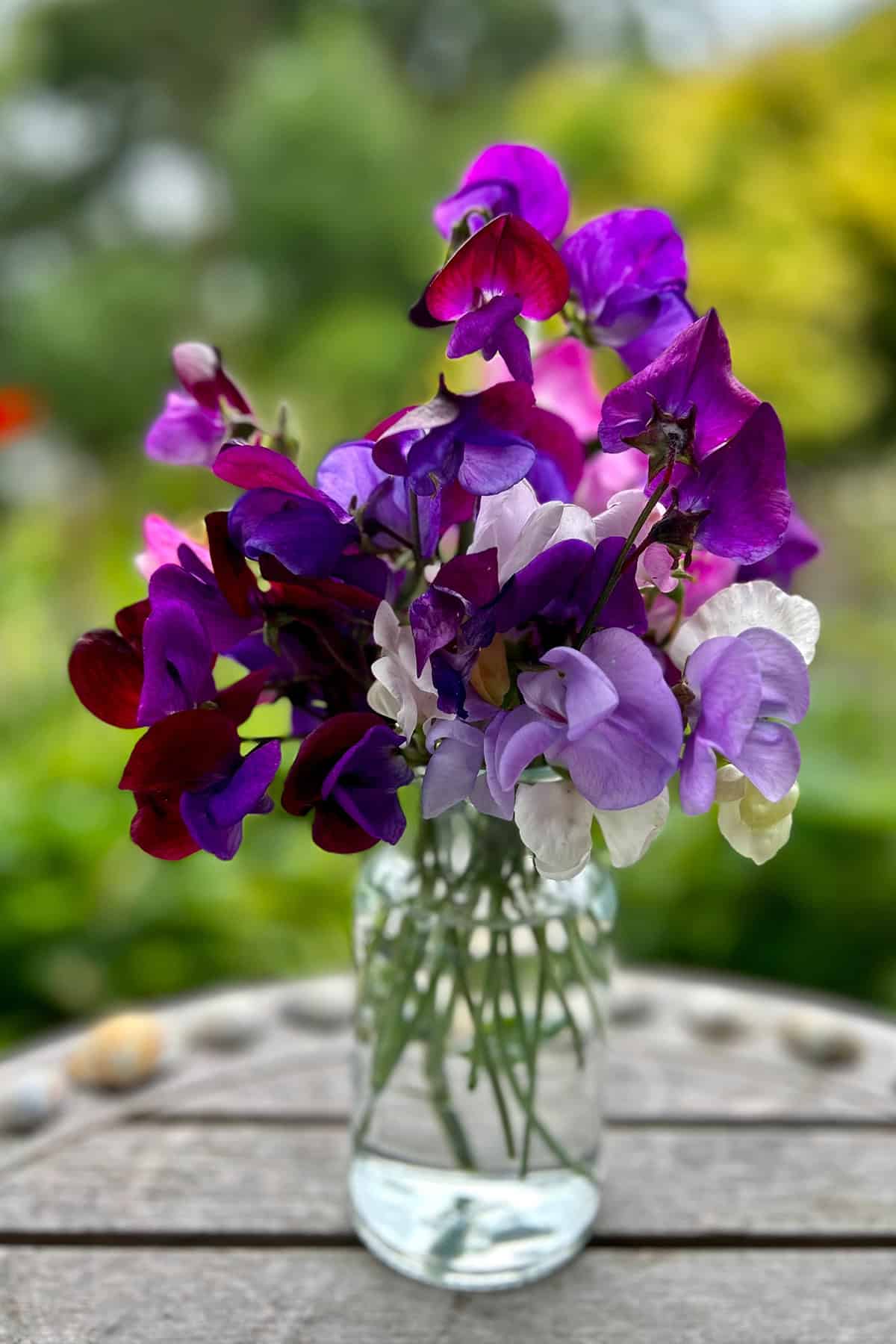
Timing and technique both affect the quality of sweet pea flowers for home or vase use. Handling blooms correctly from the start helps keep them looking fresh and bright longer.
Best Time To Cut For Vases
You should pick sweet pea flowers early in the morning while temperatures are still cool. This reduces stress on the plant and helps the flowers hold moisture. Choose blooms that are just starting to open, with most lower petals unfolded but the top buds still closed. Avoid fully open or wilted flowers. Cutting stems at this stage encourages new blooms to form on the plant. Use sharp, clean scissors to avoid damage to stems and prevent spreading disease. Place harvested stems directly in cool water right away to reduce wilting.
Regular harvesting keeps plants productive and encourages more flowers. Check plants every day or two while they are in peak bloom. The more often you pick, the more sweet peas you will get over the season.
How To Extend Vase Life
Proper care after cutting can help sweet pea flowers last up to a week indoors. Change the vase water daily and trim a small section from the bottom of each stem before returning them to fresh water. Remove any leaves that fall below the waterline. This prevents bacteria build-up and slows stem decay.
Keep the vase in a spot with indirect light and away from heat. Avoid placing arrangements near fruits, as ripening fruit emits ethylene which shortens vase life. Using a flower preservative or a homemade sugar solution can further support longevity, but cool, clean water remains most important.
